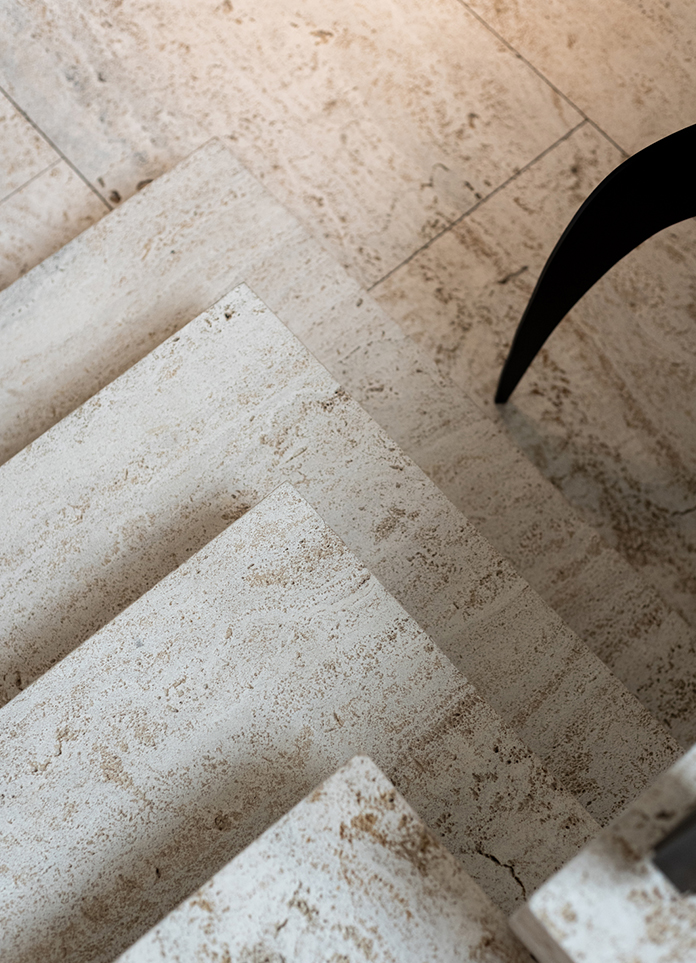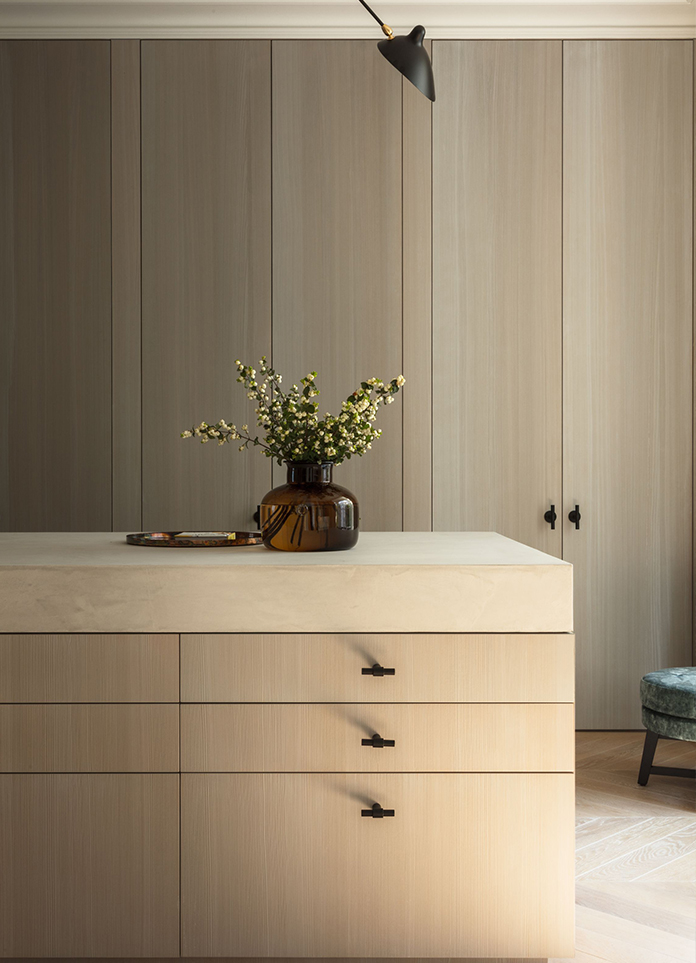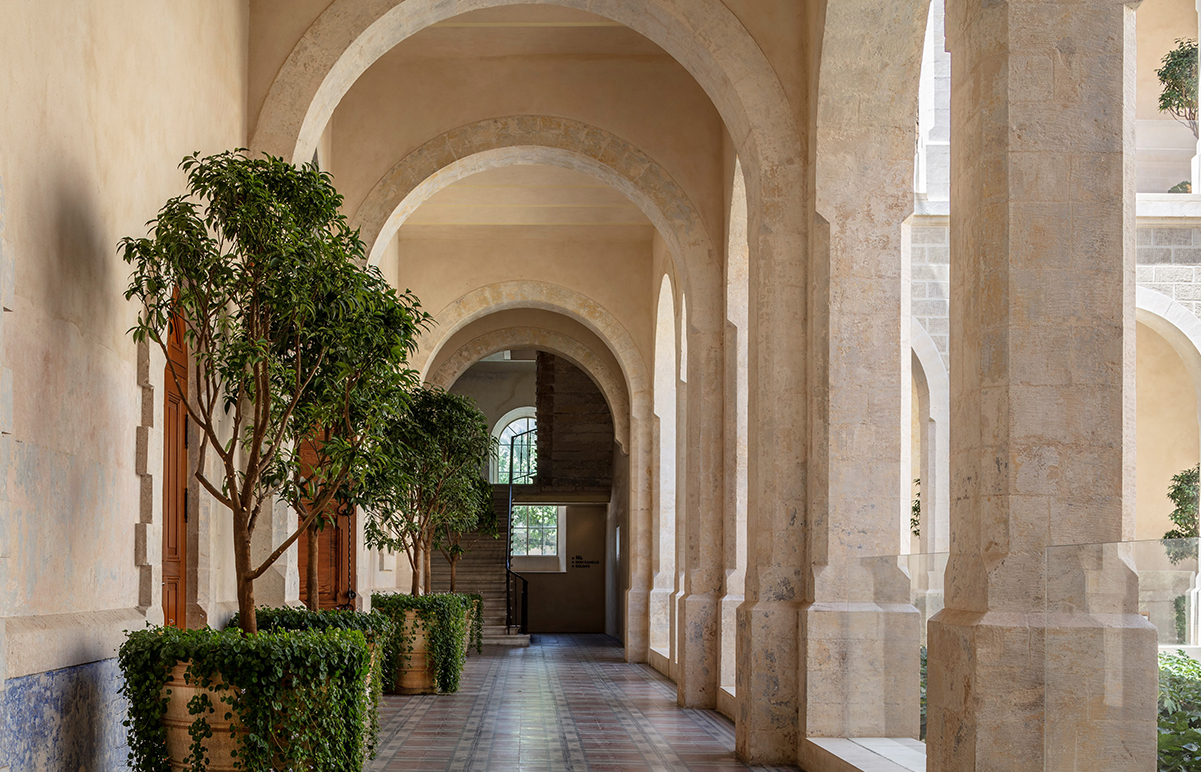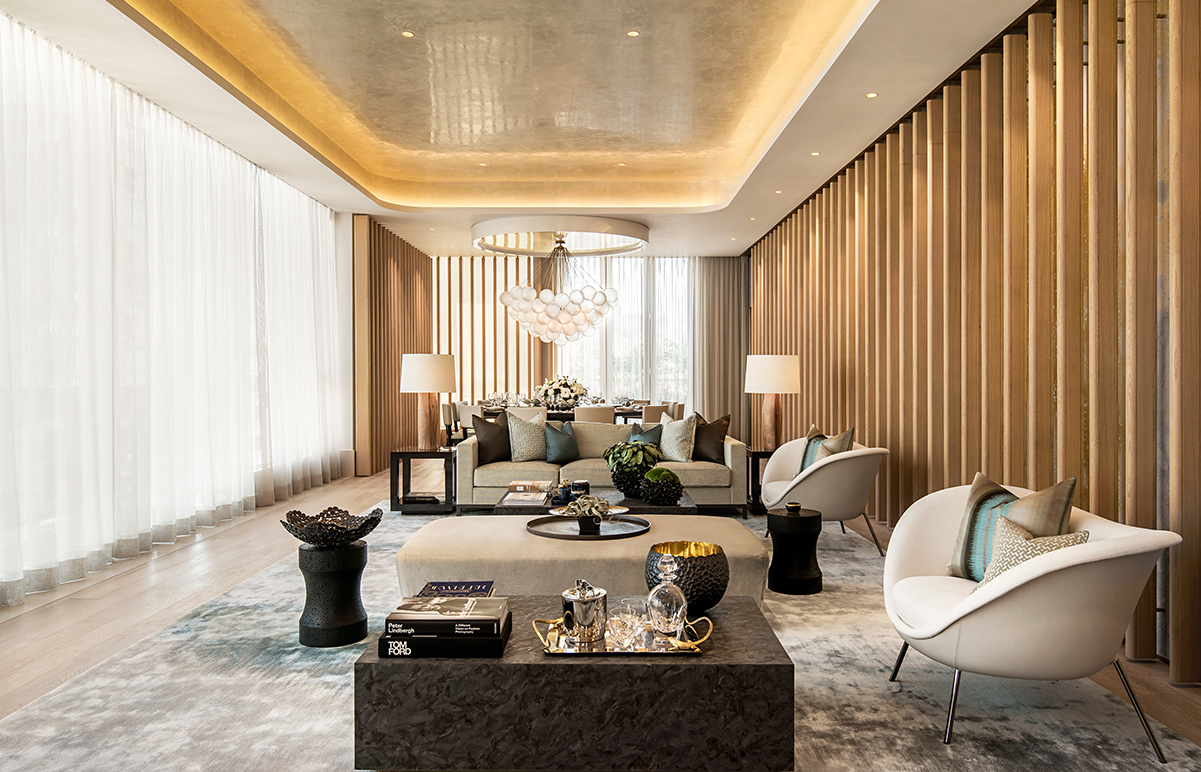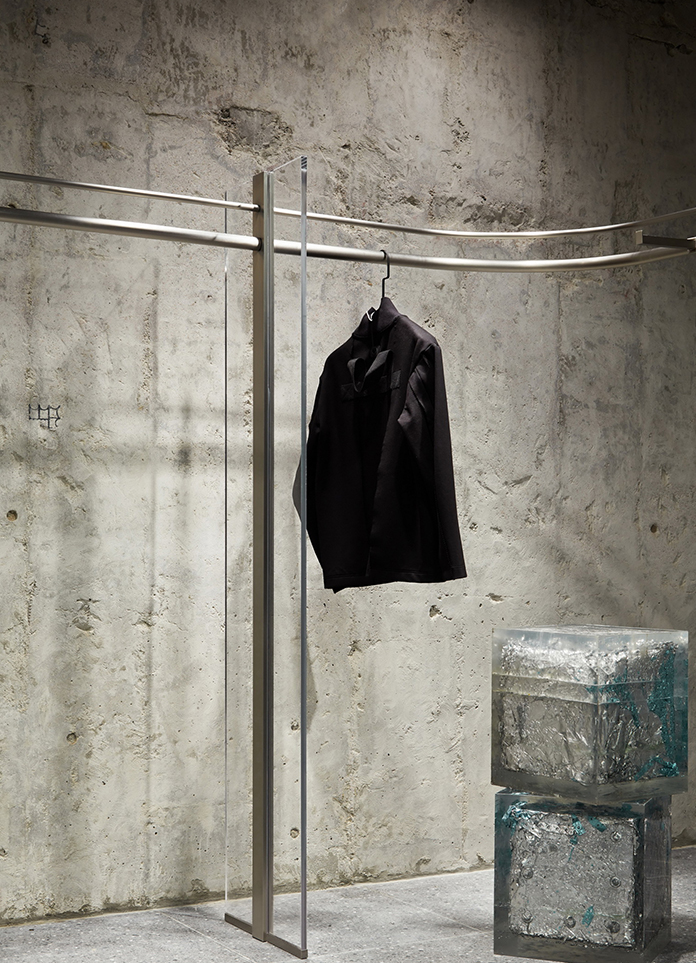
From the future archaeological perspective for human civilization, stories about the reconstruction and rebirth of industrial remains are narrated.
Ocean is of special significance for human civilization. In most historic narratives, ocean is not only the starting point of new worlds, but the origin of all lives; it carries the initiative for expanding boundaries and exploring the unknown, and sows into human DNAs the seed for tracing to source.
K11 MUSEA, built on the site of an old wharf, gets its name from A MUSE BY THE SEA. K11 MUSEA is situated on the site of old Taikoo Wharf, one of the main cargo wharfs in Hong Kong in the 1910s. With the first floor underground below the sea level, its industrial style decoration allows visitors to have a unique visual experience that the entire floor is a relic of the submarine industry.
Aspiration from a recycle facility:Possibilities and life hidden in wastes. The project started with the designer team's visit to a large recycle facility. In the visit, classified and stacked waste materials as well as machine oil marks seen everywhere revealed a sense of loose rhythm and order. This made the facility look like a natural ecosystem, from which, the "industrial relic" roughly imagined by our designers became increasingly clear. All materials are dismantled, crushed and compressed into other shapes. In this recycle process, everything, regardless of metals, plastics or paper, gradually loses its original shape. Discarded materials taken back to the facility are either changed into certain shapes or put into resin to generate artificial amber.
The experience of constructing a space by focusing on installations: Stories about the reconstruction and rebirth of industrial remains are narrated. From experimental use of materials to the design of store space, everything happened without extra effort. By using the installation approach, designers have achieved the expression in a more artistic and more emotional manner. Rolled out around installations, the space looks like an archaeological dig site. What will human beings of the future discover here? For the purpose of intensely touching and leaving strong memories to visitors, designers have created scenes around installations in the space of merely more than 100 square meters. Life in ruins has the oceanic organism-like morphology and distinctive structure.
Through the translucent PMMA cover that forms the head of this oceanic organism-like life, people can see its “drive”, a scrap engine ever installed in a vehicle manufactured by China National Heavy Duty Truck Group. Materials we have taken back from the recycle facility include not only scrap parts but also a great number of offcuts, which, although brand new, cannot be reused for industrial production. Discarded aluminum sheets and strips were placed in certain containers into which resin was then infused, the result of which appears to be artificial amber originated from this changeful era, with the material stored inside being the fossil of time. The same approach was also applied to the making of visual merchandising which echoes the installations.
The experience of site selection for the project and the visit to the material recycle facility feel like two different tracks which eventually meet at their common destination thanks to the delighting and surprising fate. For the purpose of seeking and harmonizing the future life space and the universal value of environmental sustainability, the design process began with the thinking of ocean and civilization and use of experimental material and ultimately constructed the business space that perfectly conveys core values of the brand.
- Interiors: Leaping Creative
- Photos: Huang Zaohui



















